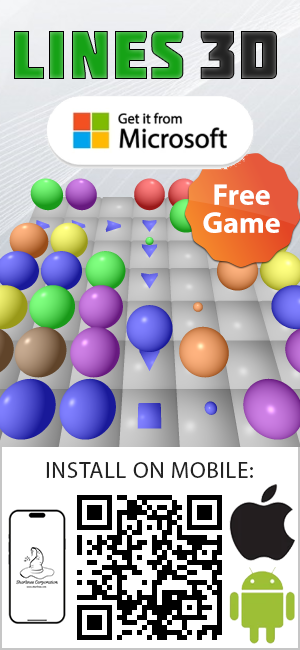Implicitly-declared move assignment operator
If no user-defined move assignment operators are provided for a class type, and all of the following is true:
- there are no user-declared copy constructors;
- there are no user-declared move constructors;
- there are no user-declared copy assignment operators;
- there is no user-declared destructor,
(more…)



